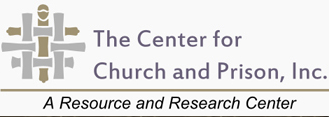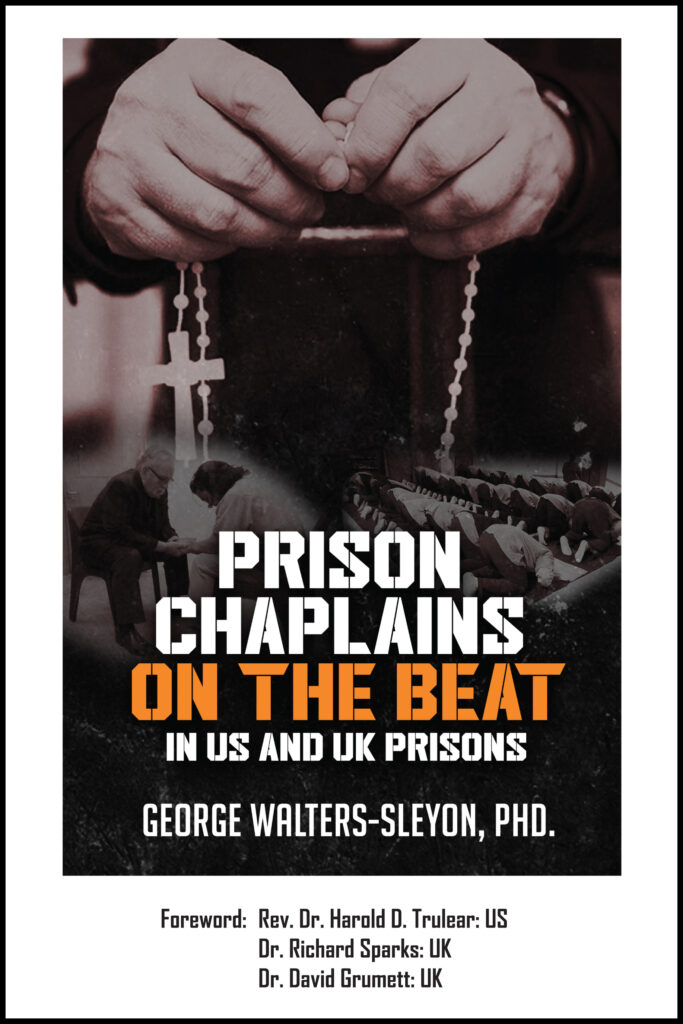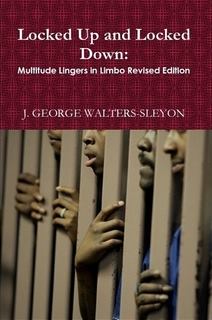COVID-19
“Mass. Prisoners Among The First To Get COVID Vaccines:” Among those first in line for the COVID-19 vaccine in Massachusetts are correction workers and the nearly 13,000 people incarcerated in jails and prisons in the state. The news comes as COVID cases continue to spike behind bars. Gov. Charlie Baker included both groups in the first phase of his COVID vaccination plan, which he announced last week. The first phase also includes health care workers, police, fire and emergency responders and residents of long term care facilities and those living and working in homeless shelters. Massachusetts is one of six states to specifically include prisoners in the first phase of vaccinations, according to the Prison Policy Initiative.”
A State-by-State Look at Coronavirus in Prisons: The Marshall Project is collecting data on COVID-19 infections in state and federal prisons. See how the virus has affected correctional facilities where you live.
COVID-19 in Juvenile Facilities: The widespread incidence of COVID-19 inflicts devastating impacts on incarcerated youth, their families, the staff who work in those facilities, and the communities they call home. The Sentencing Project is tracking COVID-19 positive diagnoses among youth and staff at juvenile facilities and the number of known cases in each state.
Tools for legal action and advocacy:
The Civil Rights Corps released a template for emergency motions for pretrial release that advocates can file in any criminal case.
Other COVID-19 information aggregators:
With thousands of jurisdictions making ongoing policy changes, and local advocacy groups across the country issuing new demands, it’s impossible to track all ongoing developments in one place. But if you can’t find what you need from any of the above, these other resources would be the next best place to start:
- Professor Sharon Dolovich at the UCLA School of Law has shared a growing comprehensive spreadsheet with results from a state-by-state survey of COVID-19 fatalities in prisons, changes in visitor policies, requests for population reduction, and actions taken to reduce the incarcerated population.
- The NYU Marron Institute of Urban Management conducted a 10-state survey of community supervision policy changes during COVID-19 in late March 2020. The results span a number of policies, including in-person office visits, field contacts, PPE availability, drug tests, fees, and treatments, and responses to technical violations of supervision.
- The Litmus Program at the NYU Marron Institute generated a census of state adult correctional and detention facilities with an interactive mapping tool of county-level data on COVID-19 confirmed cases and deaths, showing which facilities are located in or near counties that are at high risk for community transmissions of COVID-19.
- The Appeal is tracking demands and local and state government responses to the COVID-19 pandemic. This information is organized both geographically and chronologically and includes policies regarding the justice system, elections, healthcare and insurance, and paid sick leave.
- The Fines and Fees Justice Center is actively tracking federal, state, and local changes to criminal, traffic, and municipal ordinance fines and fees policies. On the same page, the FFJC also provides two concise but thorough lists of policy recommendations for communities and for the justice system.
- The Justice Collaborative COVID-19 Response and Resource page offers resource lists, fact sheets, example demand letters, and tracks active demand campaigns throughout the U.S.
- The Justice Management Institute has catalogued updates on criminal justice system responses to COVID-19 at the state and local levels, including changes being made by jails systems, law enforcement agencies, probation and parole systems, prosecutors, and public defenders.
- The Urban Institute has a curated list of COVID-19 resources for leaders in international, federal, state, and local governments, as well as advocacy organizations.
- This crowdsourced spreadsheet serves as an index of authorities (medical, legal, governmental) speaking out about the risks to incarcerated people during the COVID-19 pandemic. This resource is being used by advocates who are writing petitions or pressuring decision-makers to take action.
- Professor Aaron Littman at the UCLA School of Law has compiled a spreadsheet to help readers understand which local officials have the power to release people from jails. The information in the spreadsheet is state-specific.
- COVID-19 Behind Bars is an independent journalism project tracking cases of coronavirus in jails, prisons, detention centers, and other correctional facilities in the U.S. and internationally using news reports and potential cases reported on by people inside prison.
- Reform Georgia is specifically tracking changes in prison and jail populations in Georgia and publishing data highlights on their website.
- Professor Margo Schlanger at the University of Michigan Law School is tracking all COVID-19 class-action and group litigation (jails, prisons, immigration detention) cases at the Civil Rights Litigation Clearinghouse.
- The Sentencing Project created a tool to track known cases of COVID-19 diagnoses in juvenile facilities among incarcerated youth and the facility staff across the county.
- The Marshall Project is tracking articles from across the web on the risks of coronavirus across the U.S. justice system.
We’ve also published several other resources:
- What do we know about the spread — and toll — of the coronavirus in state prisons? — Wide variation in the rates of reported infections and deaths in state prisons reflect the uneven spread of the virus and disparate responses by state criminal justice systems.
- How prepared were state prison systems for a viral pandemic? In April, we sent state prison systems a 5-question survey, and their answers — with one exception — were not encouraging.
- Compassionate release was never designed to release large numbers of people — With help from artist Kevin Pyle, we explain why very few people who apply for compassionate release are approved, even during a pandemic.
- When parole doesn’t mean release: The senseless “program requirements” keeping people behind bars during a pandemic — We explain why thousands of people who have been approved for parole release are still behind bars.
- Since you asked: Should incarcerated people be receiving stimulus payments? Some correctional authorities – responding to bad guidance from the IRS – are intercepting stimulus checks for incarcerated people. We explain why people in prison and jail are eligible for, and should be receiving, emergency aid.
- Is social distancing possible behind bars? — The short answer is no. Social distancing is even harder behind bars than in nursing homes or on cruise ships.
- Can we safely release thousands of people from prison right now? We offer 14 recent historical examples to show that large-scale releases are possible without spikes in crime.
- How to find and interpret crime data during the coronavirus pandemic: 5 tips — We offer guidance to reporters and members of the public investigating crime trends.
- Hundreds are still jailed for technical parole violations in NYC, which means decarceration is happening far too slowly — We explain what NYC’s slow decarceration should teach other cities: Even releasing “low-level offenders” is a complicated process liable to be bogged down by delays.
- The “services” offered by jails don’t make them safe places for vulnerable people. — Why no one is better off in jail during a pandemic, even people in need of social services.
- Our fact sheet: What’s in store if prisons and jails don’t decarcerate now — Our fact sheet shows how rapidly the coronavirus can spread through correctional facilities, and how high infection rates in prisons and jails already are.
- Our 50-state spreadsheet showing what each state Department of Corrections has told the public about its virus response plan.
- Our template letter for advocates to send to prisons and jails that have suspended in-person visits, requesting that phone and video calling fees be temporarily eliminated so that families can stay in touch.



